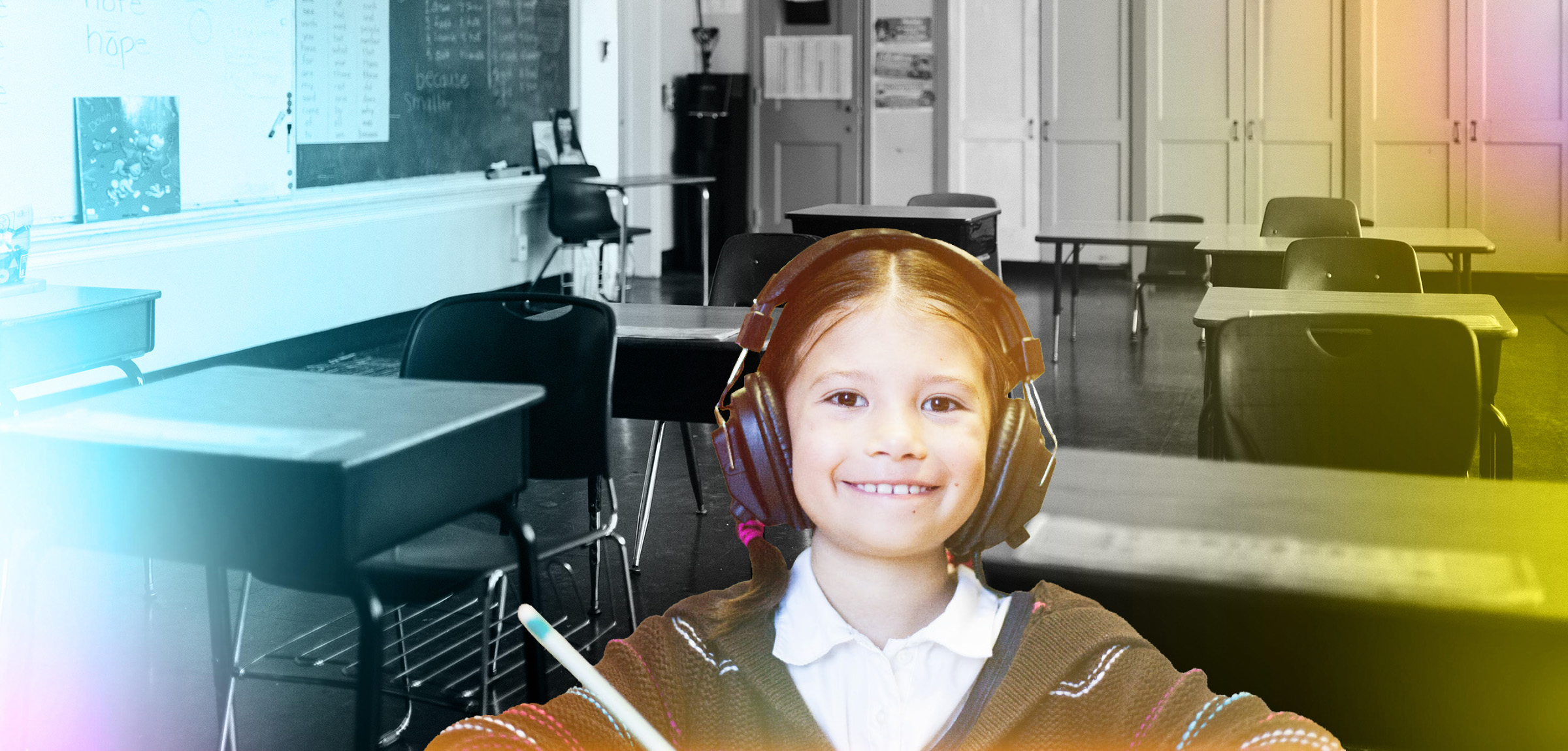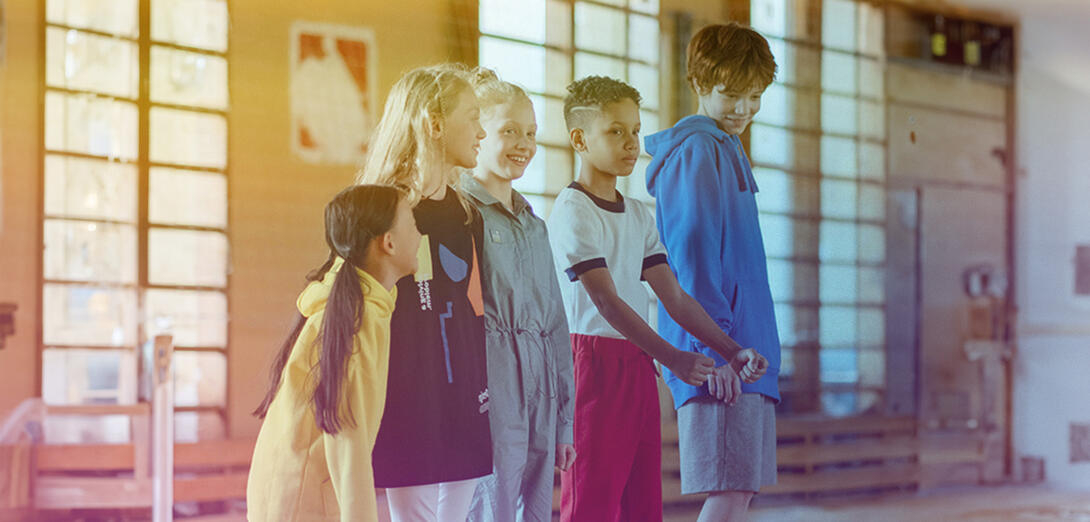- Make choice central.
It's easier said than done, but providing students with different options for how to learn and how to demonstrate that learning allows them to gravitate toward what inspires them so they can do their best work.
- Redefine participation.
Participation is often conflated with thinking out loud, and that's something at which extroverts excel but with which introverts struggle. Participation can and should mean so much more: asking a thoughtful question, helping others, volunteering, staying after class, posting in an online forum, doing revisions of work and beyond.
- Play with space.
Reconfiguring workspaces for different personalities and tasks is all the rage among corporations and startups. But what's a teacher to do? Turning rows of desks into collaborative pods is a tried-and-true technique, but consider balancing social spaces with quiet zones where students can zero in on a task. But don't stop there; think beyond the classroom to other nearby spaces.
Make use of common areas, labs and the outdoors to change things up and spur creativity.
- Embrace backchanneling.
Giving students a digital space where they can question, comment and discuss during (and after) classroom activities can yield incredible results, and provide a more comfortable space for quiet and/or less confident students to speak up.
- Create flow between social and reflective activities.
We know that great work comes from collaborations between introverts and extroverts. To facilitate this in class, follow up generative social activity with more thoughtful solo or small-group reflection, distillation and synthesis.
By moving in and out of their comfort zones, students get acclimated to different styles of learning and reap the rewards from each.

Source: https://www.commonsense.org/education/articles/5-classroom-strategies-that-help-introverts-and-extroverts-do-their-best-work Article republished with permission.



